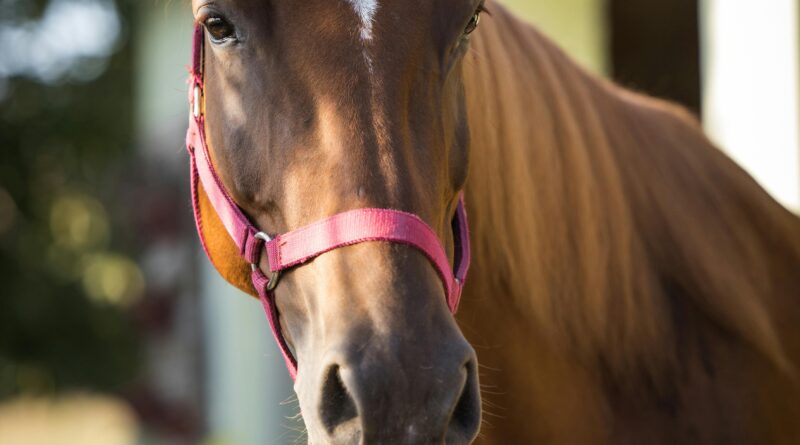Mastering Competitive Equestrian Sports: A Guide to Training and Competing
Equestrian sports have long been revered for their grace, athleticism, and the deep bond between horse and rider. Among the most thrilling disciplines is competitive horse jumping, where horse and rider navigate a course of obstacles with precision and agility. In this comprehensive guide, we delve into the world of equestrian competition, exploring the training methods, challenges, and joys of mastering the art of jumping with your equine partner.
Understanding Competitive Equestrian Sports:
Competitive equestrian sports encompass a wide range of disciplines, from dressage to eventing. However, jumping competitions hold a special allure for both riders and spectators alike. The adrenaline rush of clearing fences and the exhilaration of a flawless round make jumping events a thrilling spectacle. Yet, behind the glamour lies a rigorous training regimen and a deep understanding of equine behavior and biomechanics.
The Importance of Training:
Training is the cornerstone of success in competitive jumping. It’s not merely about clearing obstacles; it’s about forging a partnership built on trust, communication, and skill. Riders must devote countless hours to honing their technique, refining their horse’s responsiveness, and developing the physical fitness necessary for peak performance. From flatwork exercises to gridwork drills, every aspect of training contributes to the seamless execution of a jumping round. When you want to read something about jumping horses for sale, look it up at https://www.jw-horses.com/jumping-horses-for-sale.
Preparing Your Equine Partner:
Central to a successful jumping career is the selection and preparation of the right horse. While natural talent plays a significant role, a well-trained and properly conditioned horse is essential for navigating challenging courses with ease. When seeking a suitable mount, riders often turn to reputable sources such as specialized equestrian centers or online platforms offering jumping horses for sale. These avenues provide access to a diverse selection of horses, each with its own strengths and potential.
Fine-Tuning Your Skills:
Once you’ve found your equine partner, the real work begins. Fine-tuning your skills as a rider is paramount to achieving success in competitive jumping. This involves mastering the nuances of position, balance, and timing, as well as developing a keen understanding of your horse’s individual quirks and preferences. Regular practice sessions, under the guidance of a skilled instructor, are essential for refining technique and building confidence in both horse and rider.
Mental Preparation:
Beyond physical prowess, competitive jumping demands mental fortitude and strategic thinking. Riders must remain calm under pressure, maintain focus amidst distractions, and make split-second decisions while navigating the course. Visualization techniques, mental rehearsal, and mindfulness practices can all help riders cultivate the mental resilience needed to perform at their best when it matters most.
Navigating the Competition Circuit:
Competing in jumping events offers riders the opportunity to put their skills to the test in a competitive arena. From local schooling shows to prestigious international championships, the competition circuit offers a range of venues and levels to suit riders of all abilities. Each competition presents its own set of challenges, from technical courses to formidable opponents, but also the chance to showcase your hard-earned talents and celebrate achievements.
Conclusion:
In the world of competitive equestrian sports, mastering the art of jumping is a journey filled with challenges, triumphs, and unforgettable moments. Through dedicated training, careful preparation, and unwavering determination, riders and their equine partners can reach new heights of success in the thrilling arena of jumping competition. So saddle up, take the reins, and embark on the ride of a lifetime—your next jumping adventure awaits!
picture: pexels




